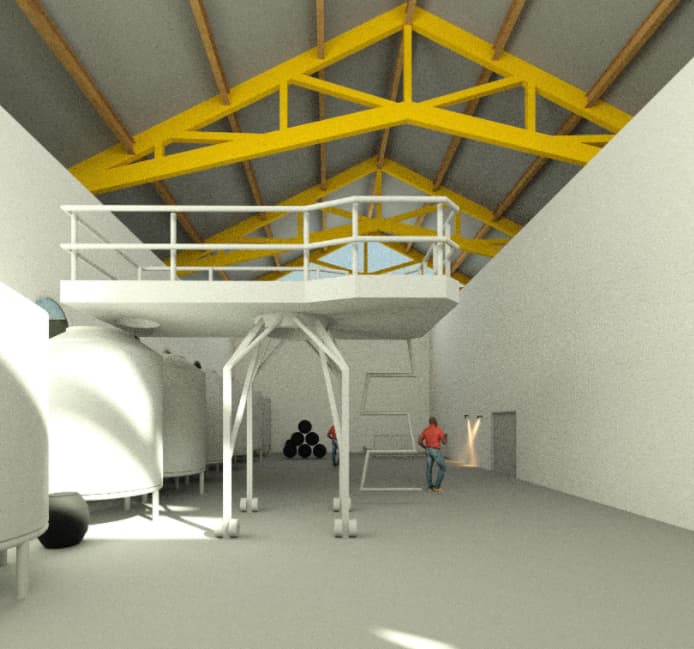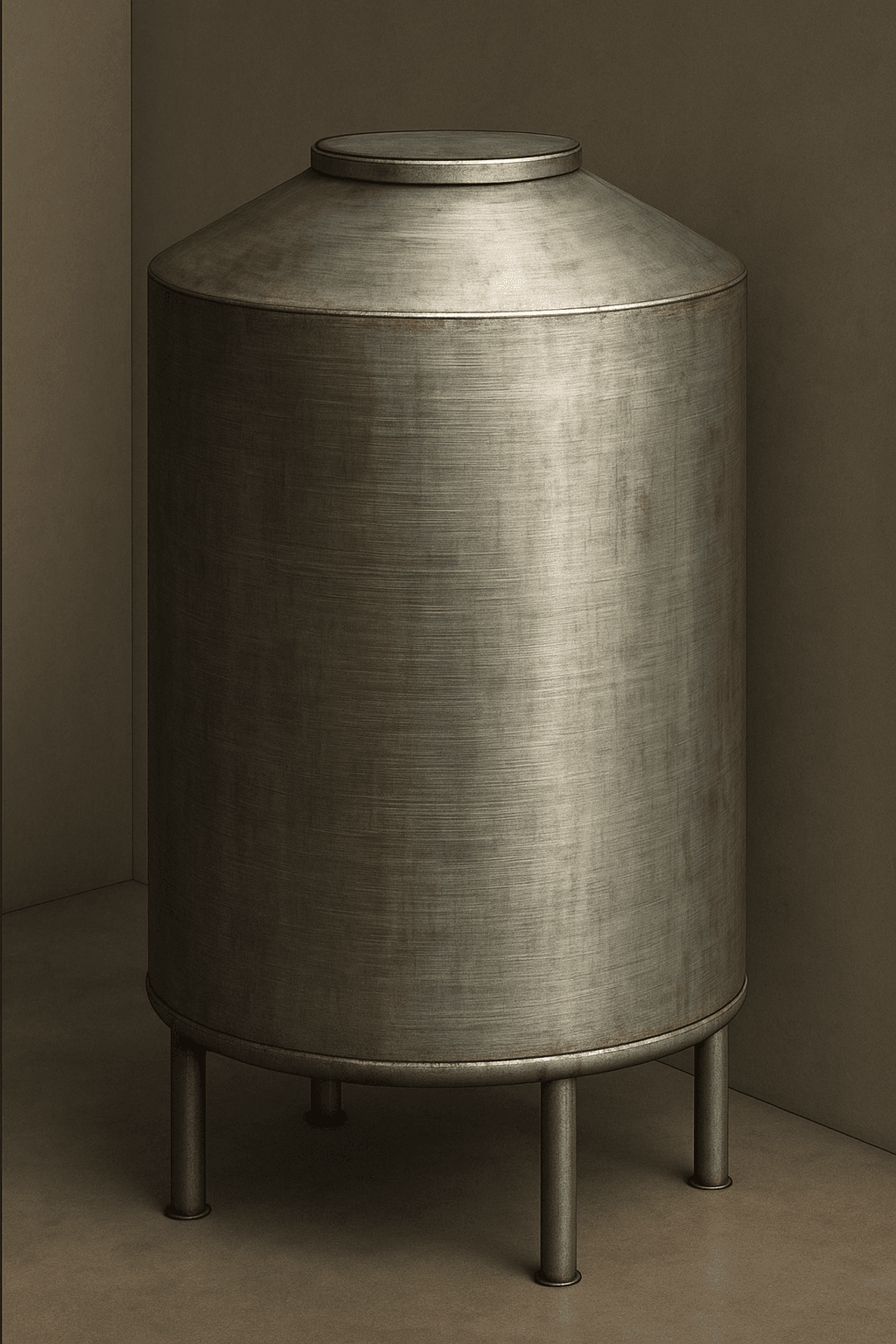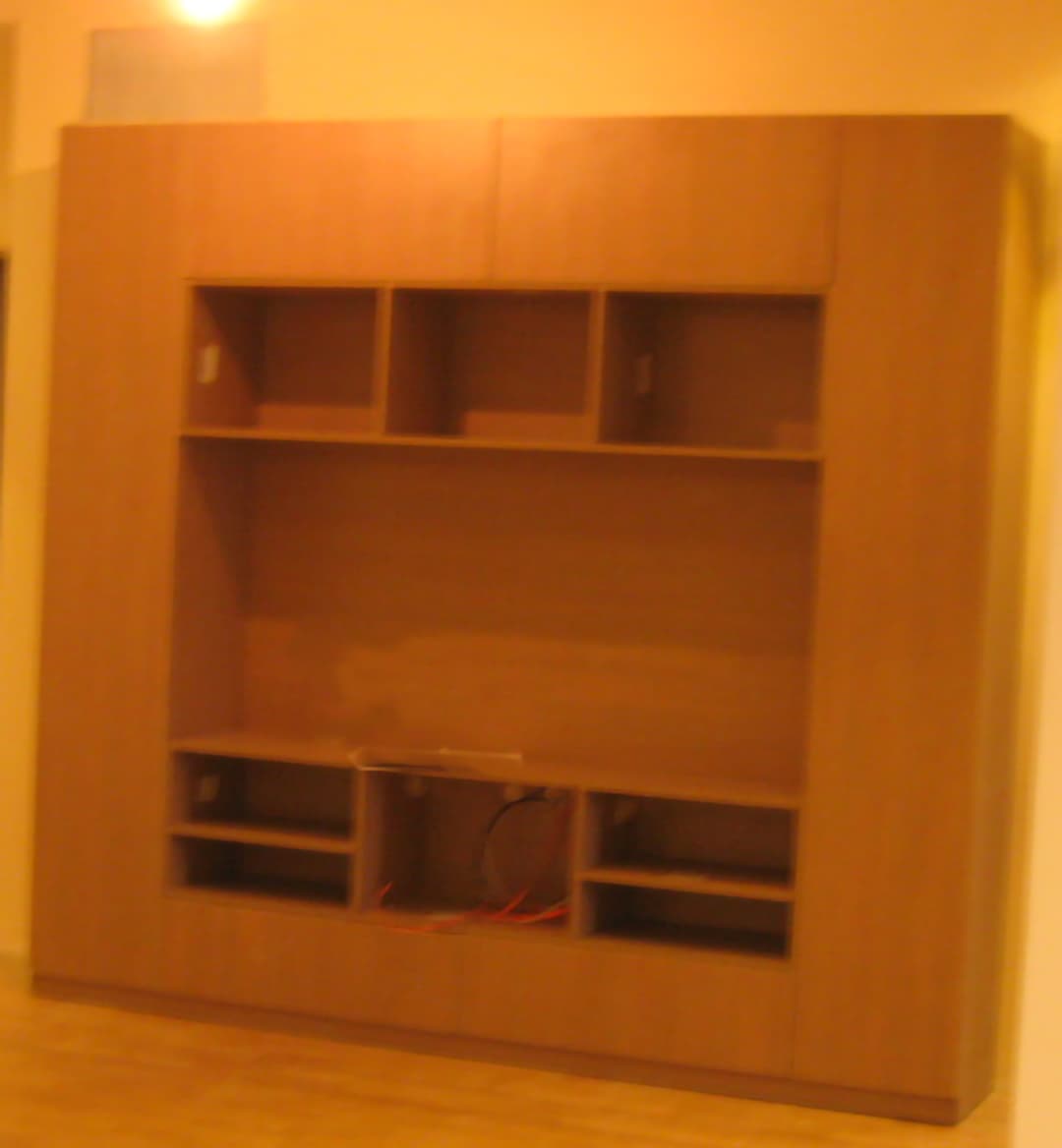Mirror work, or Āyeneh-kāri, is one of Iran’s most exquisite traditional decorative arts. It involves the cutting, shaping, and setting of small pieces of mirror into intricate geometric and floral patterns on walls, ceilings, doors, and domes to create a dazzling, light-reflecting surface.
This art form flourished during the Safavid (16th–17th centuries) and Qajar (19th century) periods, adorning palaces, mosques, shrines, and mansions throughout Iran. The technique transformed architectural interiors into luminous, almost spiritual spaces where light fragmented into countless reflections, symbolizing divine illumination and infinity.
Artisans would first prepare a plaster or stucco base, then embed cut mirrors into elaborate designs—sometimes combined with painted tiles, stucco carvings, and gilded ornaments. The results were compositions of incredible precision and harmony, blending mathematical geometry with artistic imagination.






































































